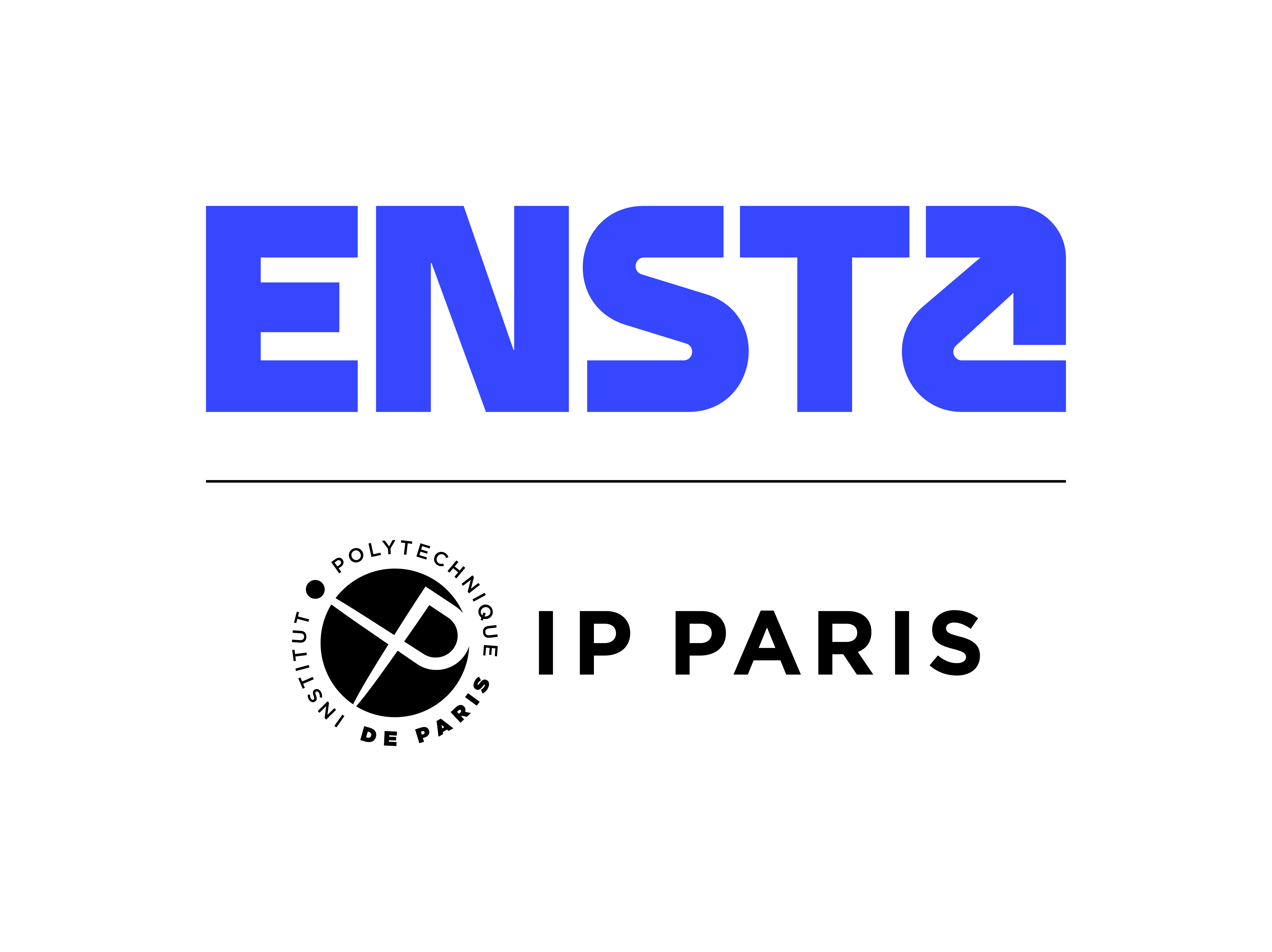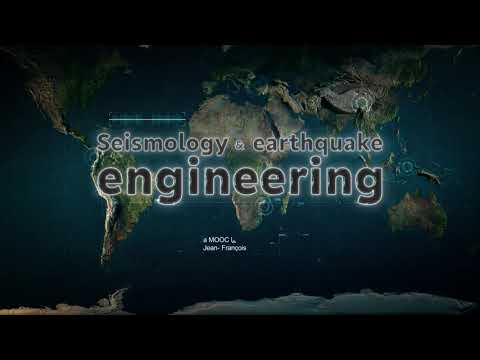This MOOC, developed and designed by Jean-François Semblat, professor at ENSTA Paris and head of the Mechanics and Energy Department at the Institut Polytechnique de Paris, is aimed at a wide audience: engineers and students with knowledge of and/or interest in structural mechanics or Earth sciences, as well as engineers from civil protection organisations responsible for assessing structures after earthquakes. Planetology enthusiasts will also find something to interest them, thanks to previously unpublished footage of Martian seismological data obtained by the SEIS instrument as part of the Mars InSight mission.
The MOOC topics range from the seismic source, the deep structure of our planet, to the damage to buildings and installations induced by earthquakes, and the intermediate stages of wave propagation in the geological layers and their interaction with the ground.
To deal with all of these issues, this MOOC is organised into 5 themes which correspond to as many weeks of teaching. They are themselves subdivided into 7 to 10 video sequences lasting between 8 and 10 minutes.
The first theme sets out the theoretical fundamentals of seismicity: structure of the planet, plate tectonics and fault behaviour.
The second theme studies seismic ground motion: various types of seismic waves, propagation and amplification, theoretical interpretations, and seismological observations.
The third theme deals with the seismic response of soils and structures: analysis of seismic response, impact on earthquake engineering, dynamic characterisation of structures and seismic isolation.
The fourth theme focuses on damage assessment of civil engineering structures: soil/foundation/structure interactions, non-linear behaviour of structures, seismic design.
The fifth theme investigates seismic risk: vulnerability and risk assessment by insurance companies, uncertainties and fragility curves, modelling of expected losses.
Each theme includes sessions describing the phenomena or explaining their fundamental principles, and laboratory experiments that simply illustrate the various concepts (fault motion, soil liquefaction, shaking table tests, etc.).
Question-and-answer sessions allow users to assess their knowledge and understanding of the various topics.
Produced by the École Polytechnique, "From Seismology to Earthquake Engineering" is available on the Coursera platform. Free registration is already possible via this link.



